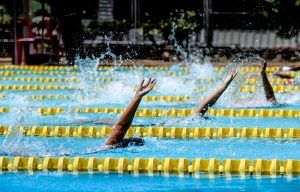
6 Tips for Days When You Really, Really Don’t Feel Like Going to Swim Practice
Going to swim practice feeling like a struggle? Here are some proven strategies and tips to conquer today’s swim practice, even though you might not be feeling it.


Take your swim practices to the next level by unleashing more motivation, building confidence, and dominating your workouts with the best swim log on the planet.
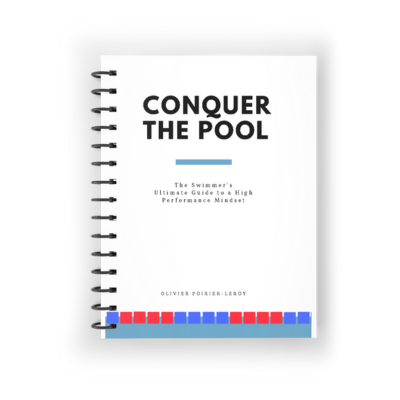
Conquer pre-race nerves, learn what it takes to race your best when it matters most, and develop a bulletproof mindset for practice and competition.






Each weekday I send out my best tips and advice for swimmers looking to level up in the pool. Join 33,000+ swimmers and coaches ready to swim faster.
🔒 We do not sell or share your information with anyone. Ever.
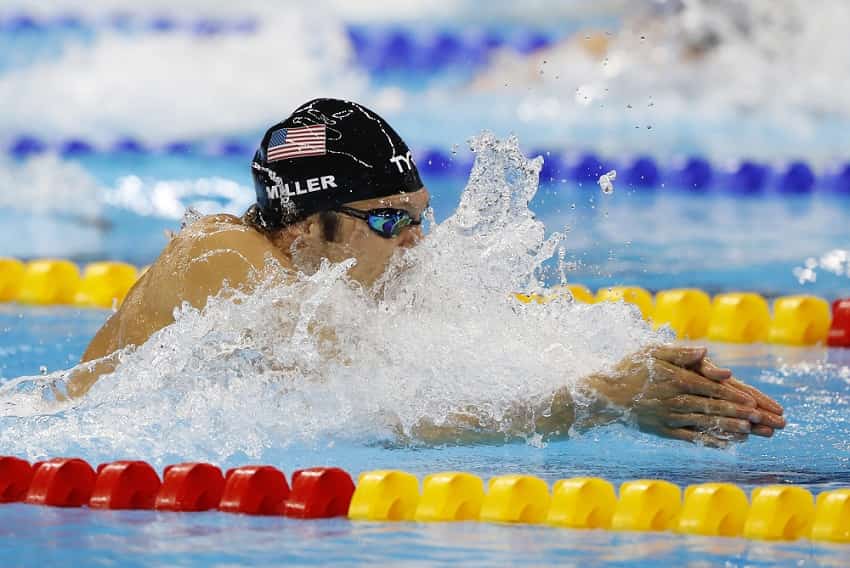

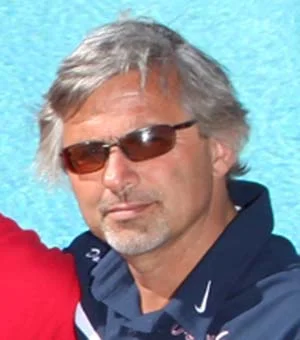

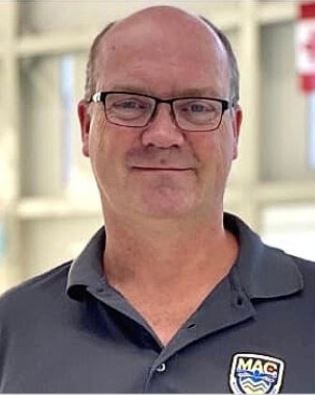
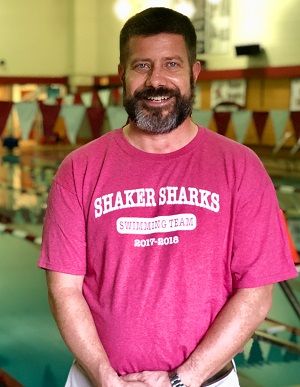
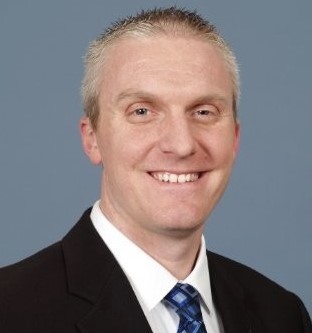
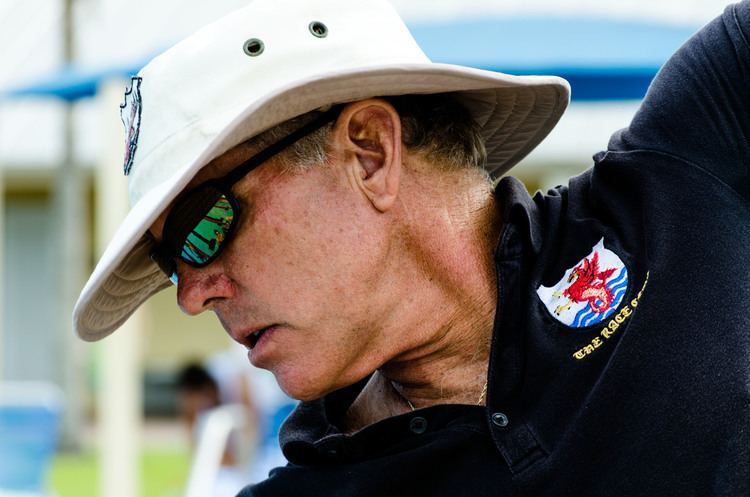


Going to swim practice feeling like a struggle? Here are some proven strategies and tips to conquer today’s swim practice, even though you might not be feeling it.
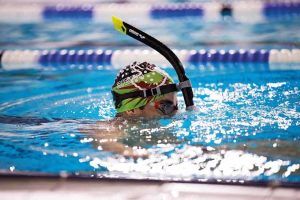
Ready to throw down on a new swimmer’s snorkel? Here are reviews of the best swim snorkels for lap swimming.
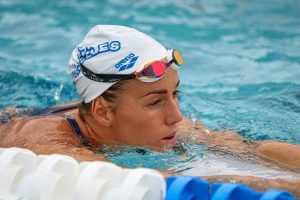
Looking to get more speed from your kick? Add this dryland exercise to your swimming warm-up before your next all-out kick set.
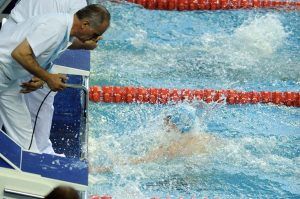
Ready to improve your swim turns? Here are the best dryland exercises to help swimmers achieve faster and stronger turns.
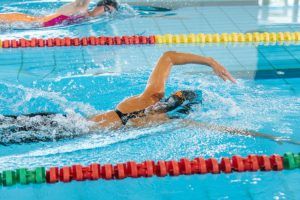
Dive into a perfect freestyle hand entry with our guide to faster, more powerful freestyle swimming.
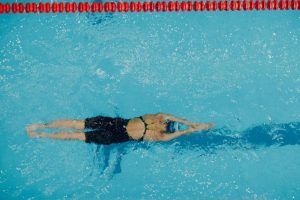
Unlock monster underwaters with this swim set to help improve dolphin kick technique, breath control, and speed.

Build power, speed, and even improve body position in the water with this hour long advanced HIIT swim workout.

Dive into the deep end of speed and endurance with seven types of interval training workouts for swimmers. Beginner or Olympian, these interval swim workouts will unlock faster swimming.

LANE 6 PUBLISHING © 2012-2024 · PRIVACY POLICY · RETURN POLICY · TERMS OF SERVICE · AFFILIATE DISCLOSURE